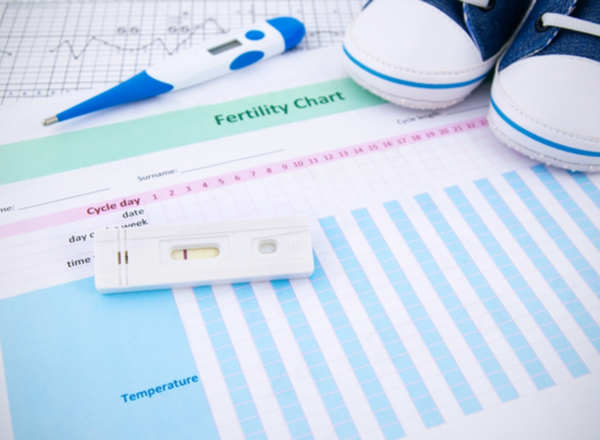Fertility Testing in Women and Men
By Dr Georgios Ioannidis
IVF Obstetrician/Gynecologist, Scientific Associate of IVF MITERA
There are many reasons for female infertility. To investigate them fully, women must undergo a combination of medical tests.
Hormone testing
- FSH – LH – Ε2: On day 1-4 of the period. They examine ovarian reserve and egg quality.
- Progesterone: 7 days after ovulation. It proves whether there was ovulation.
- Prolactin, androgens and thyroid hormones.
- Anti-Müllerian hormone (AMH), irrespective of the day of the cycle. It is a new and reliable blood test, which provides a very good estimate of the number and quality of eggs.
Imaging tests
- Transvaginal ultrasound of the uterus & ovaries: It may detect the existence of fibroids or polyps, hydrosalpinx, ovarian cysts or polycystic ovaries. It also provides very reliable information on the ovarian reserve in a woman’s ovaries.
- Hysterosalpingography: It is an imaging test used to detect whether the uterine cavity is normal and whether the fallopian tubes are patent or are pathologically enlarged.
Procedures
- Laparoscopy: It is performed under general anesthesia and may be diagnostic or invasive. If it is performed for diagnostic purposes, it is a minor surgical procedure whereby a telescope (laparoscope) is inserted through a small incision in the navel and allows direct inspection of the woman’s internal genitalia (ovaries, uterus, fallopian tubes), as well as other intra-abdominal organs. Laparoscopy assists in the diagnosis of conditions involving infertility, such as endometriosis, pelvic adhesions, ovarian cysts, fibroids, etc. It usually requires one night of hospitalization.
- Hysteroscopy: It is a minor surgical procedure without incisions, whereby a telescope (lhysteroscope) is inserted vaginally in the uterus and investigates the cavity for polyps, fibroids, adhesions and pathologic anatomy (septums). Provided it is deemed necessary, treatment and removal/repair of the pathological findings may be performed during hysteroscopy. The procedure lasts 10-30 minutes and does not require hospitalization.
Tests for the male partner
In one third of infertile couples, the cause is located in the male partner. The man may possibly feel completely healthy, but their sperm quality may be low. The corresponding tests are:
- Semen analysis: It is one of the most significant tests when examining male fertility. A semen analysis accurately assesses sperm count, motility and morphology. The semen analysis is a simple test, whereby semen is collected through masturbation, following 3-7 days of abstinence from ejaculation. It is best for the semen to be collected in dedicated rooms within the MITERA IVF Unit, as the semen may be immediately examined by the biologists, without being affected by external factors (such as ambient temperature or transfer time to the Unit).
- Antisperm antibodies: The existence or not of antisperm antibodies is examined during semen analysis. If there are antisperm antibodies present, this means that the man has developed antibodies against his own sperm, which greatly affects its penetration in the cervical mucus and the egg, and reduces fertility.
- DNA fragmentation assay: It is a more specialized semen test, which examines the rate of sperm heads with fragmented DNA. It must be performed when there is severe oligoasthenoteratozoospermia, a history of repeated unsuccessful IVF attempts or miscarriages, blastocyst formation failure or low quality embryos during IVF. When the rate of sperm with fragmented DNA exceeds 25%, reproductive prognosis is poor.
- Scrotum ultrasound: This ultrasound detects possible testicular pathology or the existence of varicocele.



